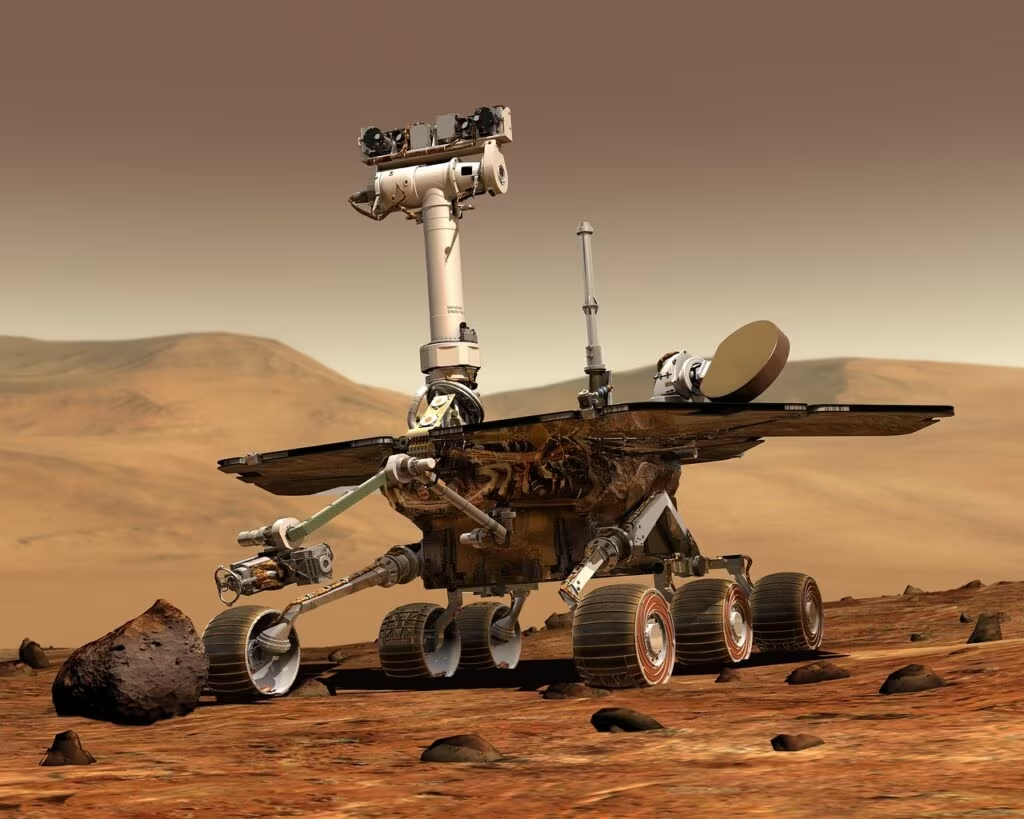Interstellar Visitor 3I/ATLAS Surges in Brightness After Solar Passage
The mysterious interstellar comet 3I/ATLAS has provided astronomers with a dramatic surprise, exhibiting a rapid and significant increase in brightness shortly after it passed behind the Sun. This sudden surge, captured using data from NASA spacecraft, offers critical, rare clues about the composition and stability of objects originating from outside our solar system.
Comet 3I/ATLAS is only the third interstellar object ever confirmed to pass through our solar system, following the asteroid ‘Oumuamua and the comet 2I/Borisov. Its behavior as it reached perihelion—its closest approach to the Sun—is crucial for understanding the volatile materials that formed planets around distant stars.

The Ingenuity Behind the Observation
Tracking comets as they swing close to the Sun is notoriously difficult, as the Sun’s glare often obscures them. However, researchers and the amateur astronomy community employed an innovative method to monitor 3I/ATLAS during its passage.
The key to the discovery was utilizing data from the GOES-19 weather satellite. While GOES satellites are primarily designed to monitor Earth’s atmosphere and weather patterns, their instruments can also capture views of the Sun and its immediate environment, allowing them to detect objects that might otherwise be hidden.
Amateur astronomer Worachate Boonplod was instrumental in processing and annotating the GOES-19 data, confirming the comet’s unexpected behavior. The data revealed that the comet rapidly brightened after its close solar encounter, suggesting a significant change in its physical state.
Why GOES-19 Data Was Essential
Using a weather satellite for deep space observation highlights the resourcefulness required in tracking objects near the Sun. Traditional ground-based telescopes are often blinded by the Sun’s proximity to the target. Space-based instruments, even those not specifically designed for astronomy, provide a unique vantage point.
This observation technique allowed scientists to track the comet through the crucial period immediately following perihelion, a time when solar heating and gravitational stress are at their maximum.
Analyzing the Rapid Brightening Event
In cometary science, a sudden increase in brightness is a strong indicator of dynamic activity within the nucleus. This activity typically falls into one of two categories, both of which are highly significant for an interstellar object:
1. Massive Volatile Release
As a comet approaches the Sun, solar radiation causes the ices (volatiles) within the nucleus—such as water, carbon monoxide, or carbon dioxide—to sublimate (turn directly into gas). This gas forms the comet’s coma (the fuzzy atmosphere) and tail. A rapid brightening suggests the exposure of a fresh pocket of highly volatile material that was previously shielded.
For 3I/ATLAS, this implies that the material forming the comet in its distant home star system was rich in easily vaporized ices, which were only released under the extreme heat of our Sun.
2. Fragmentation or Disruption
Alternatively, the intense thermal and tidal stresses from the Sun could have caused the comet’s nucleus to crack or even fragment. If the nucleus breaks apart, it exposes vast new surfaces of ice to solar radiation, leading to a massive, rapid increase in the production of gas and dust, resulting in a dramatic brightening.
While the exact cause—whether fragmentation or simple volatile release—requires further analysis, both scenarios provide unprecedented data on the structural integrity and composition of material formed outside the solar nebula.

The Significance of Interstellar Objects
Interstellar objects like 3I/ATLAS are invaluable to planetary scientists because they are essentially time capsules of star systems far beyond our own. Unlike objects in our solar system, which formed from the same primordial cloud, 3I/ATLAS originated in a different stellar nursery, potentially offering unique insights into exoplanetary formation.
Key differences provided by interstellar comets:
- Compositional Diversity: They allow comparison of the chemical makeup of cometary ices and dust from different star systems, helping determine if the building blocks of planets are universal or highly localized.
- Dynamic History: Their observed behavior—such as the rapid brightening of 3I/ATLAS—reveals how materials from other systems react to the forces within a new star system.
- Migration Clues: Studying their trajectories helps astronomers better understand how objects are ejected from their home systems and travel through the vast emptiness of interstellar space.
The observation confirms that even objects subjected to the cold, radiation-filled environment of interstellar travel can retain significant amounts of volatile ices, which only become active when subjected to the heat of a star.
Key Takeaways
The detection of 3I/ATLAS’s rapid brightening is a significant moment in the study of objects from beyond our solar system. Here are the essential points:
- The Event: Interstellar comet 3I/ATLAS rapidly brightened after passing behind the Sun (perihelion).
- The Method: The observation was made possible using data from the NASA GOES-19 weather satellite, processed by amateur astronomer Worachate Boonplod.
- The Cause: The brightening likely resulted from either the sudden exposure of highly volatile ices or the fragmentation of the comet’s nucleus due to solar stress.
- The Significance: This provides rare, direct evidence of the composition and structural integrity of material formed in a different star system, offering clues about exoplanetary formation.
What’s Next for 3I/ATLAS
As 3I/ATLAS continues its journey out of the inner solar system, astronomers will continue to monitor its trajectory and activity. The post-perihelion brightening provides a crucial data point for modeling the comet’s future behavior and estimating the size and stability of its nucleus.
Further analysis of the GOES-19 data, combined with any subsequent observations from powerful telescopes, will help confirm whether the event was a massive outgassing event or the beginning of the comet’s disintegration. Regardless of the outcome, 3I/ATLAS has already delivered valuable, unexpected data on the nature of cosmic travelers.
Original author: Patrick Pester
Originally published: October 30, 2025
Editorial note: Our team reviewed and enhanced this coverage with AI-assisted tools and human editing to add helpful context while preserving verified facts and quotations from the original source.
We encourage you to consult the publisher above for the complete report and to reach out if you spot inaccuracies or compliance concerns.

